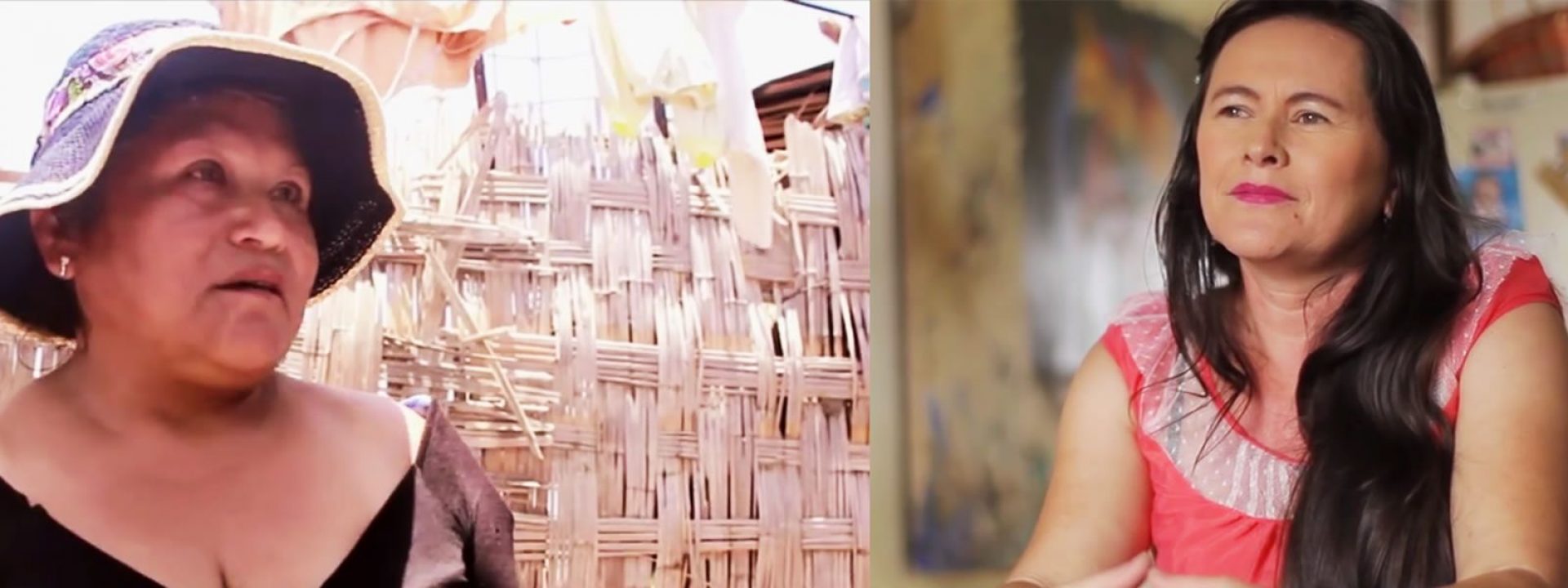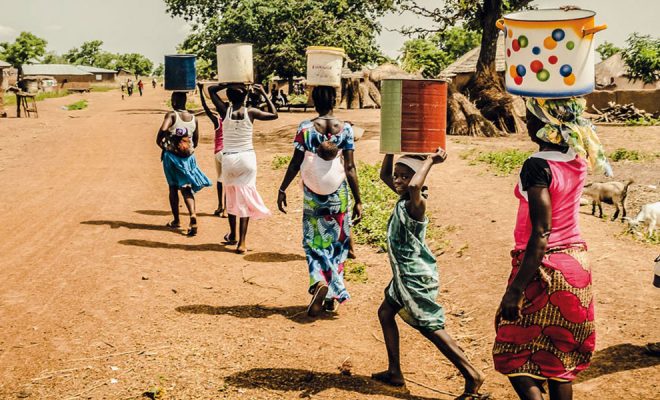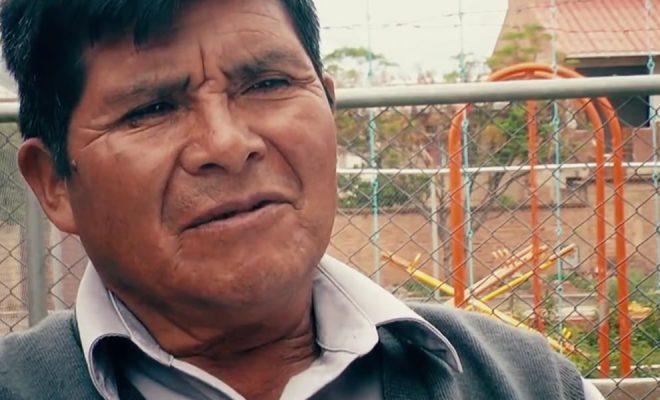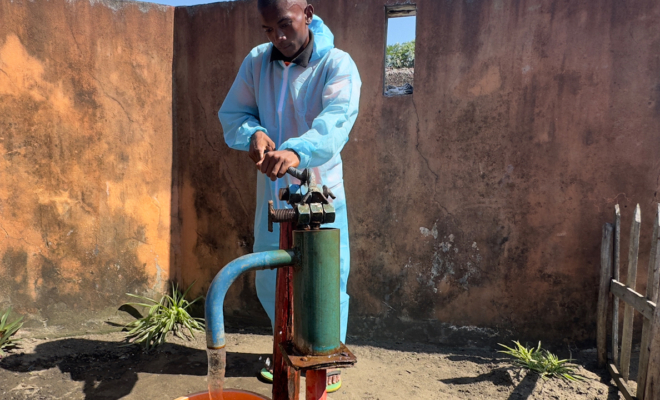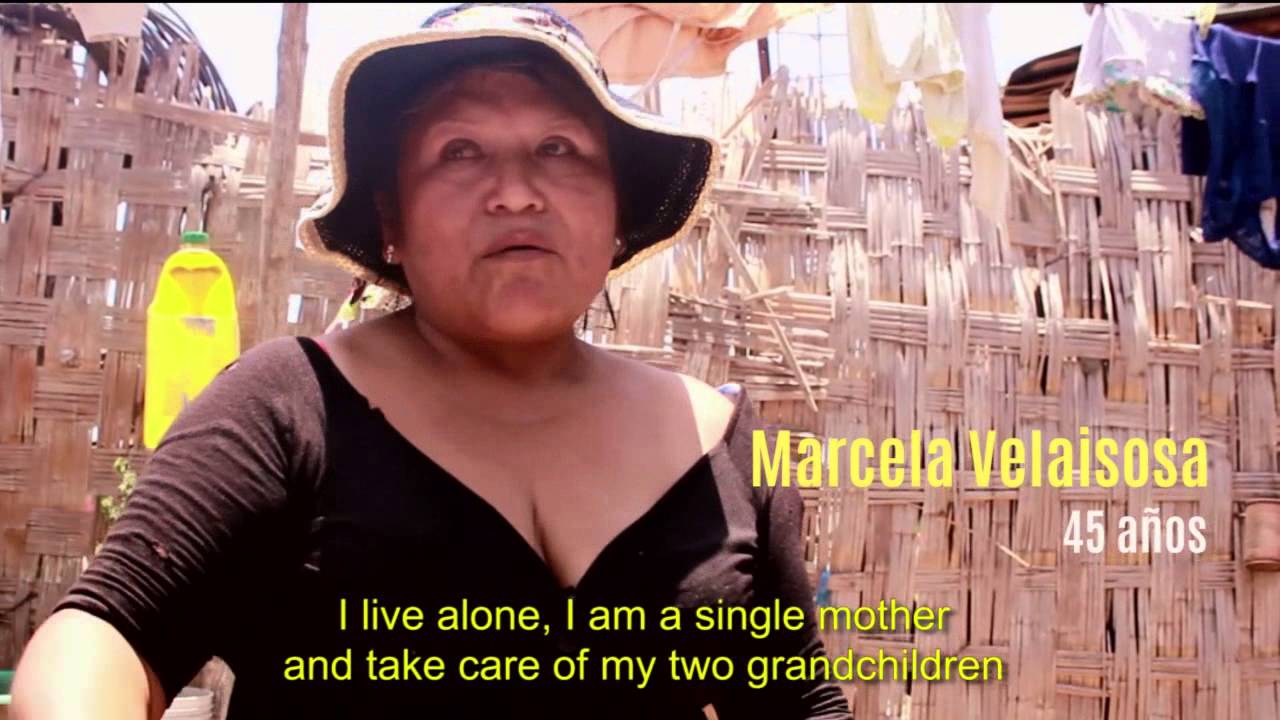
Agua, Danna Lorodri (Peru), finalistof the We Art Water Film Festival 3. Micro documentary Category.
Marcela lives in Tangay, in a rural area of Nuevo Chimbote, Peru. She is a single mother that takes care of her grandchildren. She has not had any drinking water at home for the last 30 years.
Every day she gets up at five and carries five buckets to bring water from the canal. Marcela cooks, washes herself and bathes her grandchildren with that water.
At nine pm, the neighbours fill a well with water from a ditch, but this water is contaminated by dead animals swept along by this irrigation ditch. In summer, the water turns muddy and brown-coloured, sometimes even black or yellow. She collects this water in vats: she needs to let it settle for 24 hours so that the mud deposits. Marcela and 300 families in Tangay drink from it.
The inhabitants of Tangay represent 52,4% of the almost three million Peruvian households in the rural areas that lack water and sanitation.
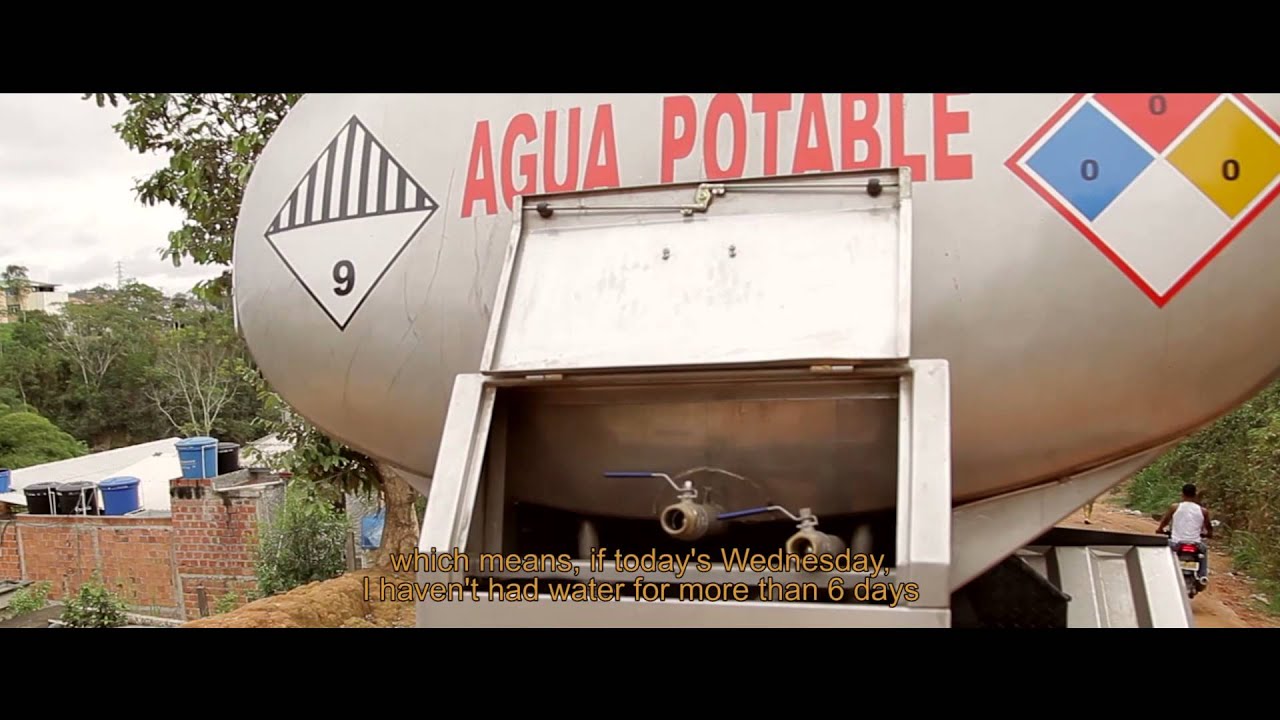
Potados de Agua, Camav (Colombia), finalist of the We Art Water Film Festival 3. Micro documentary Category.
Maritza lives in Lebrija, Colombia. She is grateful to the firefighters for distributing water every Monday. She keeps this water as if it were a treasure to cook, to drink, as the water pumping does not always reach them and they are sometimes six days without any water.
The rest of the water is obtained from the rain; thanks to it Maritza has been able to support herself and her children. She gets up at night when rainfall wakes her up: she needs to collect water. With this water she is able to wash herself, clean the kitchen and her house.
One of her wishes is to have more buckets to be able to collect more water. Her other wish is for rain to continue falling, so that she can continue getting up at midnight. But climate change, which has caused a drought in Lebrija, threatens her and the rest of inhabitants of the town.
Marcela and Maritza do not lose their strength, accepting their constant and unnoticed fight for water. They are impressive examples of resilience and dignity, but also of an injustice we cannot tolerate. #NoWalking4Water, disseminate this campaign as often as you can.


